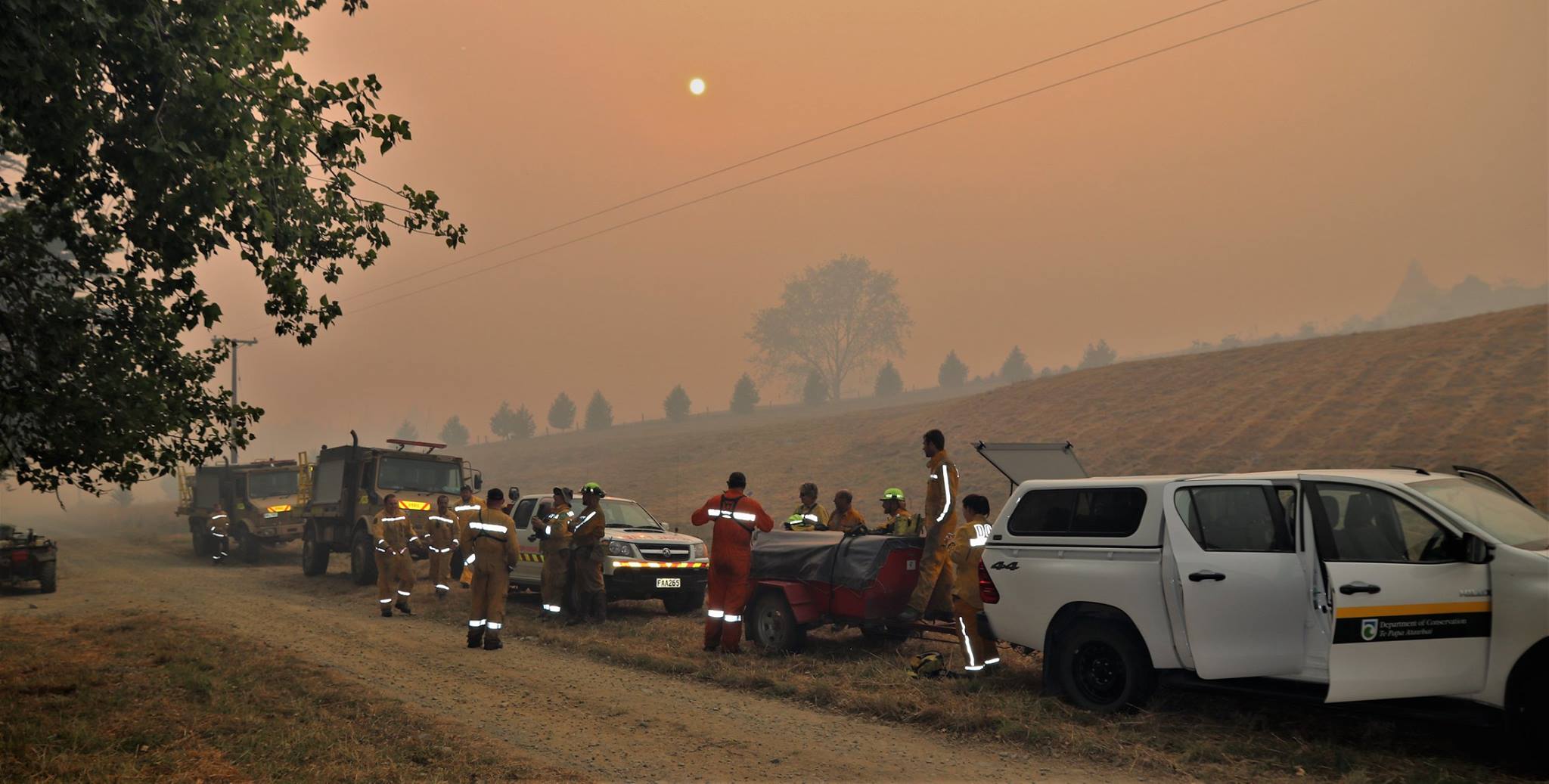‘Severe’ El Niño raises fire risk


The last El Niño saw the Pigeon Valley wildfire burn for weeks in hot, dry conditions. Photo: Supplied.
As El Niño sets the rules for a dry summer, the local fire service is “planning for the worst and hoping for the best”.
Fire and Emergency New Zealand risk reduction advisor Jeff White says all the indications point towards a severe El Niño event which for Nelson and Tasman means more frequent southwest winds with low humidity. That equals less moisture, higher temperatures and stronger winds that dry out the country faster.
Coupled with that is the “fuel growth” of grasses and other vegetation from a good spring that becomes a fire risk as it dries out.
“If we do have a fire start up, potentially it could be significant.”
He says everyone should be dealing with dry, flammable vegetation early, particularly around houses and before it dries out.
“Once it does start drying out, it’s often too late. Mowing and weedeating can potentially cause sparks and if they leave it until it has dried out, it’s not ideal.
“We’re also encouraging people to take note of their surroundings. If they live in those more vulnerable urban areas up the valleys or lifestyle blocks, be prepared and have a plan in their households to evacuate quickly. Have a grab-and-go kit with essentials.”
Fire and Emergency works closely with the councils, Department of Conservation and forestry to look at how each can reduce risk in their areas and consider shutting areas down as they become drier and a higher fire risk.
Jeff says the Pigeon Valley wildfire in February 2019 occurred during a weak El Niño period and this summer it will be a strong El Niño period. It is uncertain though whether this year will be more severe, the same, or have less impact than the previous El Niño.
“We’re definitely going to be going into a fully-fledged El Niño.
“You look out the window now and everything is green and doesn’t look too bad.
“But soil moisture levels are lower than they should be at this time of year, so potentially all it will take is two to three weeks of warm weather with some good westerly winds coming through that rapidly dries things out and things will change quite rapidly,” he says.
“It’s going to be a great summer if you enjoy the beach. Unfortunately, we don’t get to enjoy that so much in our line of work.”
Niwa meteorologist Ben Noll has similar warnings and says “planning and preparation are the key words” for this coming summer.
Wind is one of the threats and he says there will be some rounds of strong, potentially damaging, winds about the South Island and lower North Island, caused by big areas of high pressure north of the country and a big area of low pressure south of the country.
Though most of the Nelson and Tasman region is a bit more sheltered than other areas, he says it will still be felt up in the ranges if people are planning on hikes.
“It’s something to be mindful of from a wildfire perspective as well.”
On the plus side, the Waimea Community Dam will be full just in time for the dry summer that is predicted from the El Niño weather pattern.
Waimea Water’s Mike Scott says that after a delay filling the dam, it is now catching as much river flow as possible and is expected to be full in December, subject to average or better rainfall.
